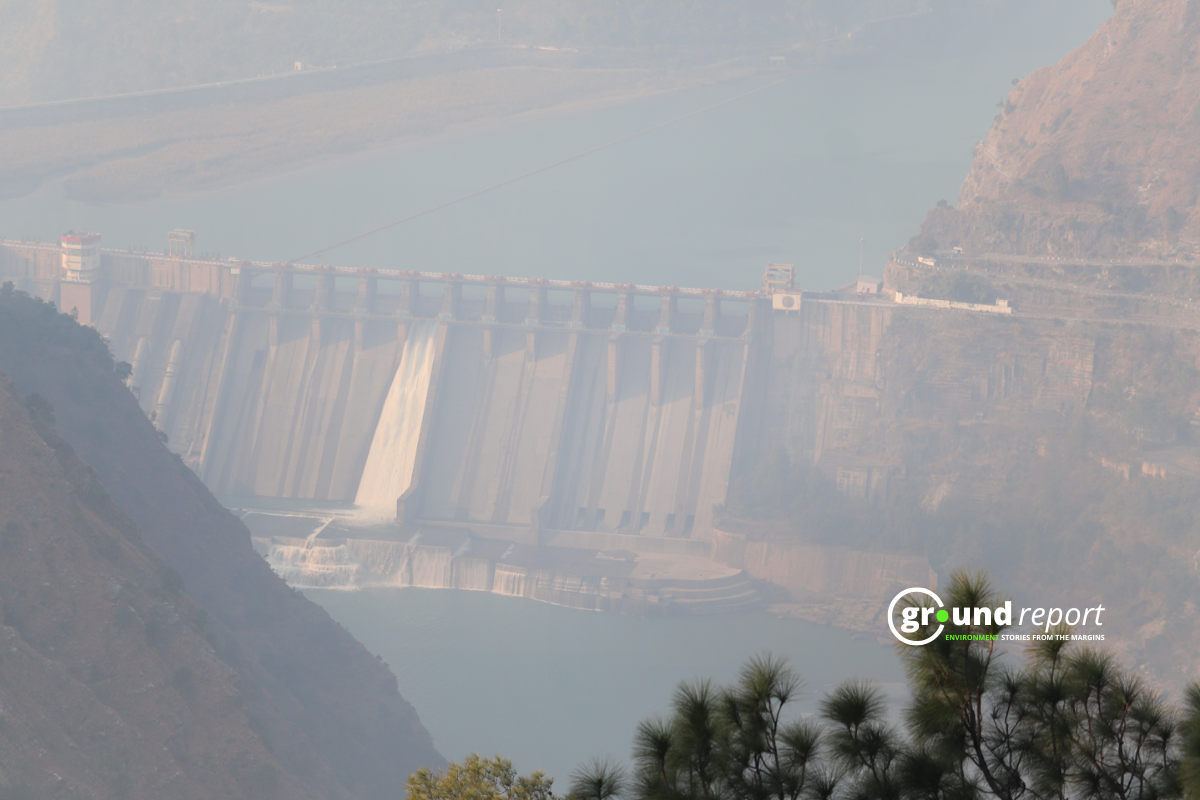Feeding a rapidly growing world population without harming the environment remains a huge challenge. Given that food production is responsible for more than 25% of global greenhouse gas emissions, addressing this issue is critical to mitigating climate change.
The concept of climate-smart agriculture was introduced in a 2010 report by the Food and Agriculture Organization of the United Nations.
What is Climate Smart Agriculture?
Climate-smart agriculture (CSA) is a form of agriculture that seeks to sustainably increase agricultural productivity and income, while adapting to and mitigating the effects of climate change.
It is an approach to agriculture that balances the need to produce more food to feed a growing population with the need to protect natural resources and reduce greenhouse gas emissions.
CSA involves the use of practices and technologies that are designed to improve the resilience of agricultural systems to climate change. This includes the use of drought-tolerant crops and breeds, conservation agriculture techniques like no-till farming and cover crops, and precision farming technologies that allow farmers to optimize water and fertilizer use.
In addition, CSA involves measures to reduce greenhouse gas emissions from agriculture. This can be achieved through practices such as reduced tillage, the use of manure management systems that capture and use methane emissions, and the planting of trees or other perennial crops that sequester carbon.
Climate-smart agriculture practice in India
India is one of the largest agricultural producers in the world and is home to millions of farmers who depend on agriculture for their livelihood.
With climate change posing a threat to the agricultural sector, the adoption of climate-smart agriculture (CSA) practices has become increasingly important.
Examples of Climate smart agriculture practices in India
Conservation agriculture
Involves practices such as minimum tillage, crop residue management, and diversified crop rotations to promote soil health, water conservation, and carbon sequestration. In India, the state of Punjab has implemented Zero Tillage (ZT) technology, which has reduced greenhouse gas emissions by up to 20%.
Similarly, in the eastern state of Odisha, farmers have adopted System of Rice Intensification (SRI) practices, which have led to increased yields and reduced water use.
Weather-Resilient Crops
India has developed weather-resilient crop varieties such as drought-tolerant rice and heat-tolerant wheat to help farmers adapt to changing weather conditions.
For example, stress-tolerant rice varieties like Sahbhagi Dhan and Swarna-Sub1 have helped farmers in Bihar and West Bengal cope with floods and droughts.
Similarly, in the state of Gujarat, farmers have adopted Bt cotton, which is resistant to fall armyworm infestation and requires fewer pesticides.
Agroforestry
Involves growing trees on agricultural land to improve soil health, reduce soil erosion, and sequester carbon.
The state of Madhya Pradesh has launched an agroforestry project, which involves planting fruit trees on farmland to help farmers diversify their income and reduce reliance on traditional crops.
Similarly, in the state of Andhra Pradesh, farmers have adopted the Miyawaki method of afforestation, which involves planting a dense mix of native trees and shrubs.
Efficient use of water
In water-scarce regions of India, farmers are adopting precision irrigation techniques such as drip irrigation and sprinkler systems to improve water use efficiency and conserve water resources.
The state of Rajasthan has implemented the Bhujal Jankari programme, which provides farmers with real-time information on groundwater levels and helps them make informed decisions on water use.
What are the three Pillars of Climate-Smart Agriculture?
While not all climate-smart agriculture practices can serve to promote all three main outcomes, successful operations in this field strive to achieve all of them.
These results include sustainable increases in agricultural productivity and income, increased resilience to climate change, and reduced greenhouse gas emissions.
Therefore, practitioners should consider all three objectives in their efforts to promote climate-friendly and sustainable agriculture.
Increased Productivity: Climate-smart agriculture practices aim to improve agricultural productivity while ensuring sustainability. This can be achieved by adopting practices that promote the efficient use of resources, such as water and nutrients, and reduce greenhouse gas emissions.
Increased resilience to climate change: Climate-smart agriculture practices aim to improve the resilience of agriculture to climate change by promoting adaptation measures. These measures may include the use of drought-resistant crop varieties, improved water management techniques, and diversified crop and livestock production systems that can better withstand climate-related risks.
Reducing greenhouse gas emissions: Climate-smart agriculture practices aim to reduce greenhouse gas emissions from agriculture while ensuring food security. This can be achieved through practices such as conservation agriculture, agroforestry, and improved livestock management practices.
Support us to keep independent environmental journalism alive in India.
Keep Reading
What is Green Hydrogen? Could it change energy in South Asia?
Blue hydrogen is worst for climate: study
How Increasing space traffic threatens ozone layer?
Hydro Fuel Market: India’s current scenario and the future ahead
Natural Gas is a Misleading term, It is not Natural and clean at all
Follow Ground Report on X, Instagram and Facebook for environmental and underreported stories from the margins. Give us feedback on our email id greport2018@gmail.com.
Don’t forget to Subscribe to our weekly newsletter, Join our community on WhatsApp, and Follow our YouTube Channel for video stories.







